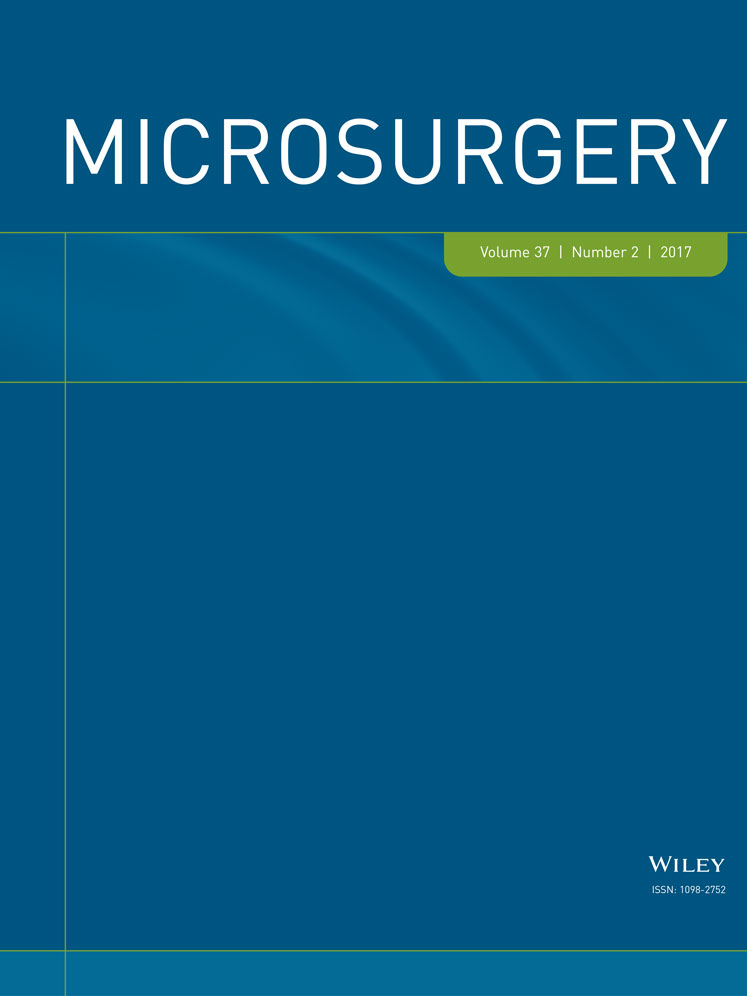Reconstruction of maxillary defect with musculo-adipose rectus free flap
Presentation: This work was presented at the ANZHNC, Melbourne, 2013
Abstract
Background
The rectus myocutaneous free flap (RMFF) is used for medium to large maxillectomy defects. However, in patients with central obesity the inset could be difficult due to the bulk from excessive layer of adipose tissue. We describe a modification of the RMFF for patients with excessive central obesity with a flap consisting of adipose tissue with minimal rectus muscle; the musculo-adipose rectus free flap (MARF).
Methods
Five cases of MARF reconstruction were performed between 2003 and 2013, with patients’ body mass indexes ranging from 29.0 to 41.2 kg/m2. All patients had sinonasal tumor, of which three were adenoid cystic carcinoma, one squamous cell carcinoma, and one melanoma. Four patients had Codeiro IIIb defects and one had Codeiro II defect. Using the MARF technique, the maxillectomy defect was obliterated with vascularized adipose tissue overlying the rectus muscle and was trimmed to fit the maxillectomy defect. The adipose tissue was allowed to granulate and mucosalize.
Results
The volume of adipose tissue harvested was between 120 and 160 mL. All flaps survived with no requirement for re-exploration. Complete oro-nasal separation was achieved in all patients. The time to commencement of oral intake ranges from 5 to 15 days. One patient developed seroma and one developed wound breakdown on the donor site. The length of stay at the hospital ranges from 9 to 22 days. On follow-up ranging 7.5–32.8 months, two patients died from their malignancies. The other three patients were able to tolerate oral soft diet.
Conclusion
The MARF may be considered as an alternative to myocutaneous rectus free flap particularly for the reconstruction of maxillary defects in patients with central obesity. © 2015 Wiley Periodicals, Inc. Microsurgery 37:137–141, 2017.




